Personally I always wanted to look for a methodology that will help busy people not to lose faith in shrimp keeping hobby.
It is difficult to ignore the fact that shrimp hobby in itself requires some form of engagement to keep it running. Feeding, cleaning your front glass, changing water, so on and so forth for a single tank is do-able. How about multiplying that 10x,100x or even with a very busy schedule, working 2 shifts, 2 kids and the likes of life?
How would you manage having to balance all that and still keep tanks of shrimp ?
There is no silver bullet,magic powder or ward but what I’m going to share with you is still work in progress. It is a continuous learning process of refinement to better adjust to different shrimp requirements.
A background on why this blog post started is because of the busy schedule I’m experiencing and how it impacted my shrimp keeping journey and how I bounce back. On a typical work week, I probably have about 1 hour staggered in a week to really maintain 10+ tanks, which doesn’t really give me a lot of time per tank. When I didn’t get enough time for my tanks, my shrimp didn’t appear to breed well because the common ideology is that shrimp just need algae to survive. That statement is probably true, but I didn’t just settled for survival. I wanted my shrimp to thrive.
I have 2 Neo tanks that are heavily planted (Low tech) but they didn’t thrive the first time I kept them. Now they are booming.
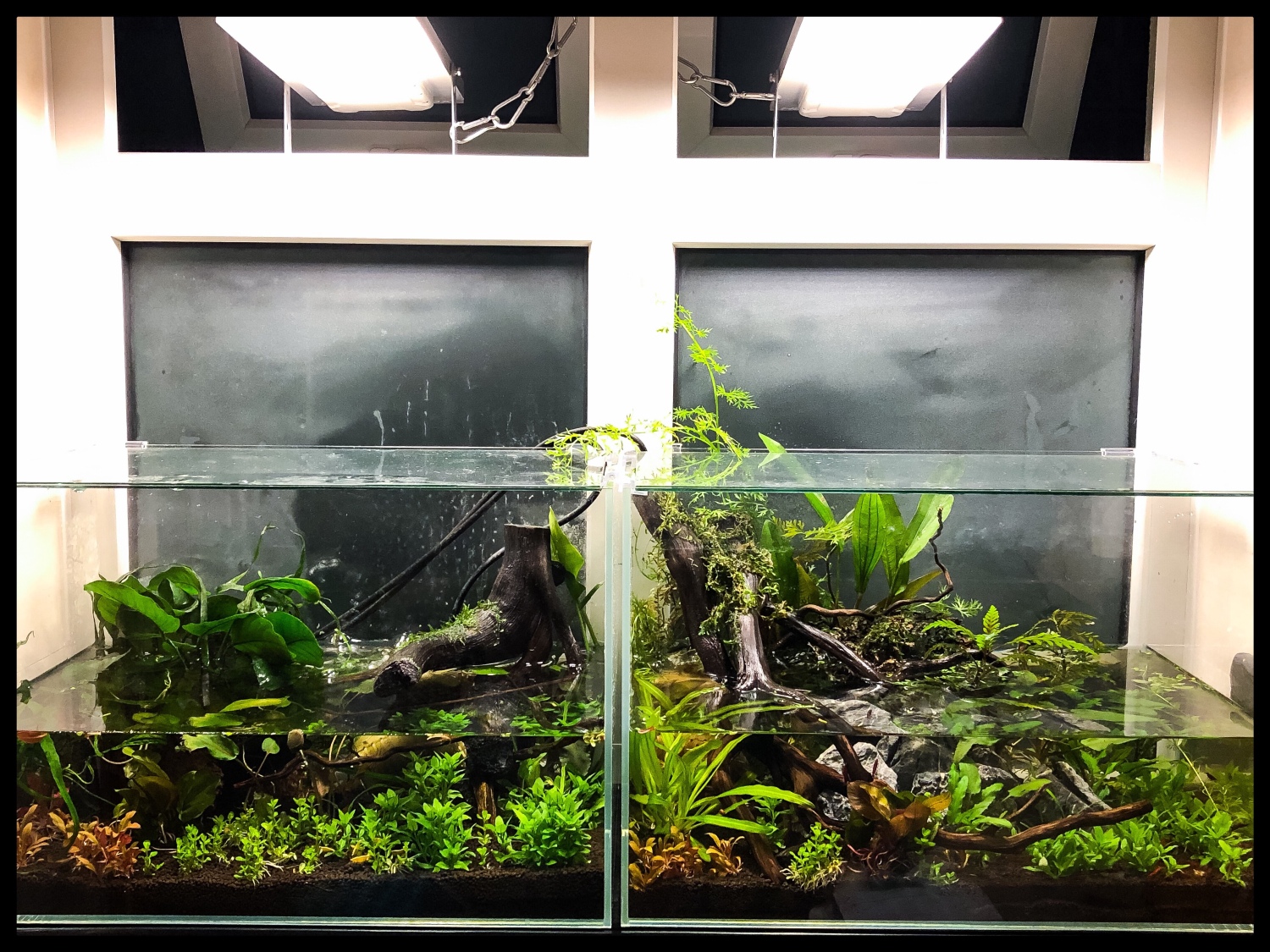
What about my other shrimp tank? As you may have already known, I keep predominantly black fancy tiger and they are very sensitive shrimp compared to others I have kept. They needed very stable water parameters and is very sensitive to any changes. Coming back to getting shrimp to thrive I realise a constant food source and stable water parameters are required.
1. Stable water parameters
- Do not add anything except food to the water during the course of the week. That includes no vitamin, no black water extract, no magic powder, nothing.
- During weekly water change, measure TDS to see if there are any spike, I keep mine between 80-90.
- Weekly measure of nitrate levels.
- Weekly water change 5-10% and reminerize if it falls below 80 TDS. if it maintains around 80-90 TDS i will not reminerize but continue to do weekly water change to remove nitrates.
- Adding floating plants is a personal choice and for someone who want a bigger buffer for errors, adding frogbits or any floating plant will remove nitrates. This will help lengthen your next water change without having raise the nitrate levels too high.
2. Long term food source
Feed a Long term food source for female shrimp to prepare for saddle and berry. The reason for that statement is without sufficient food source, egg production is greatly reduced and female are not receptive to breed.
When there isn’t sufficient food source, issue can arise during molting especially for female shrimp. Males Shrimp will attack the female as a potential food source and has happened to my shrimp over many occasion.
My Long term food is actually from Taiwan and it helps with my travel schedule (travel schedule of 50-75%). They call this lubao which essentially is a mix of natural powder food that helps promote biofilm. Normally in Taiwan food mix they will use a mix of soy bean, sweet potato and egg white among others.
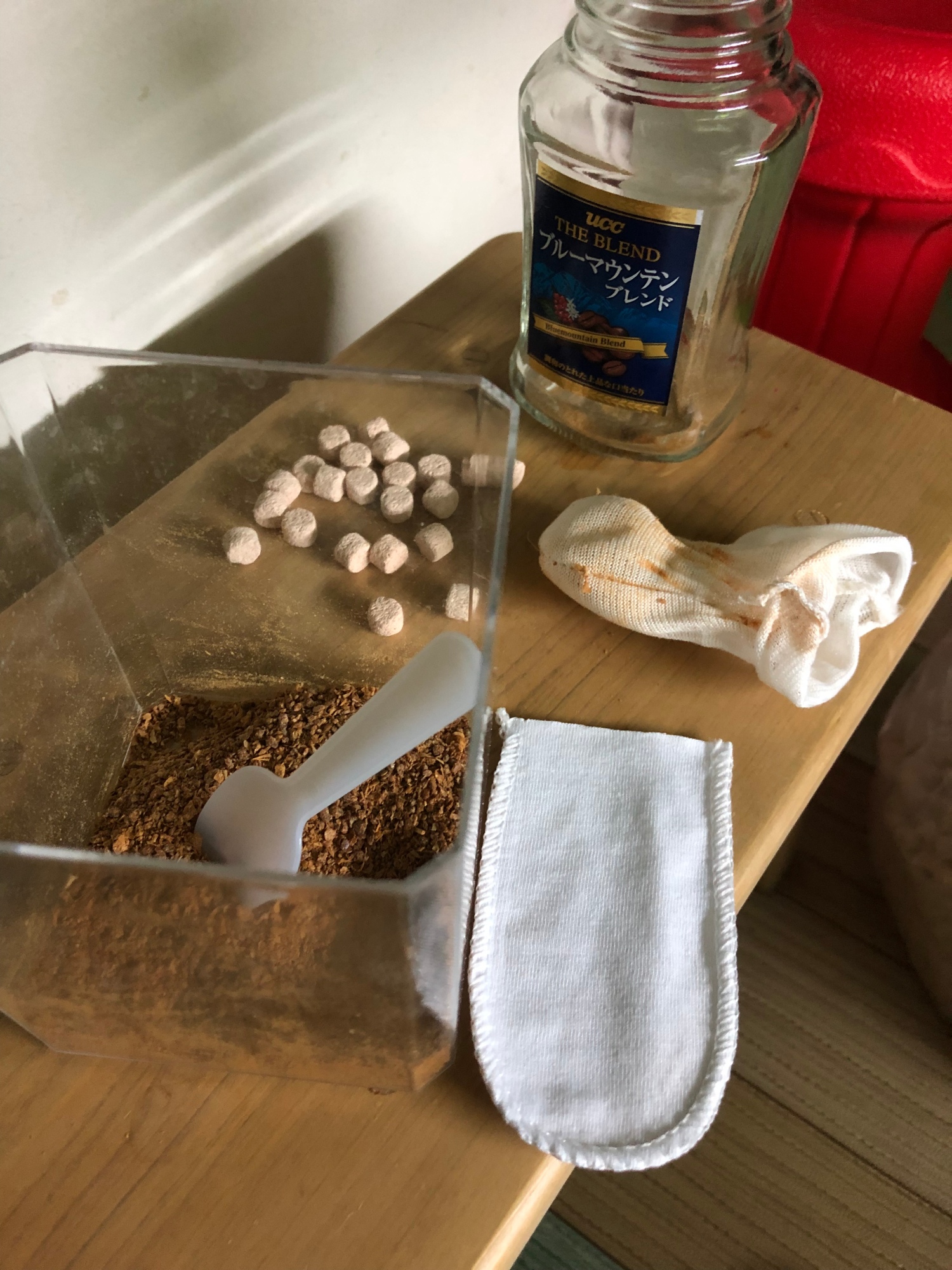
Repack to smaller sizes and add biorings or any filter media as weight since they do float up.
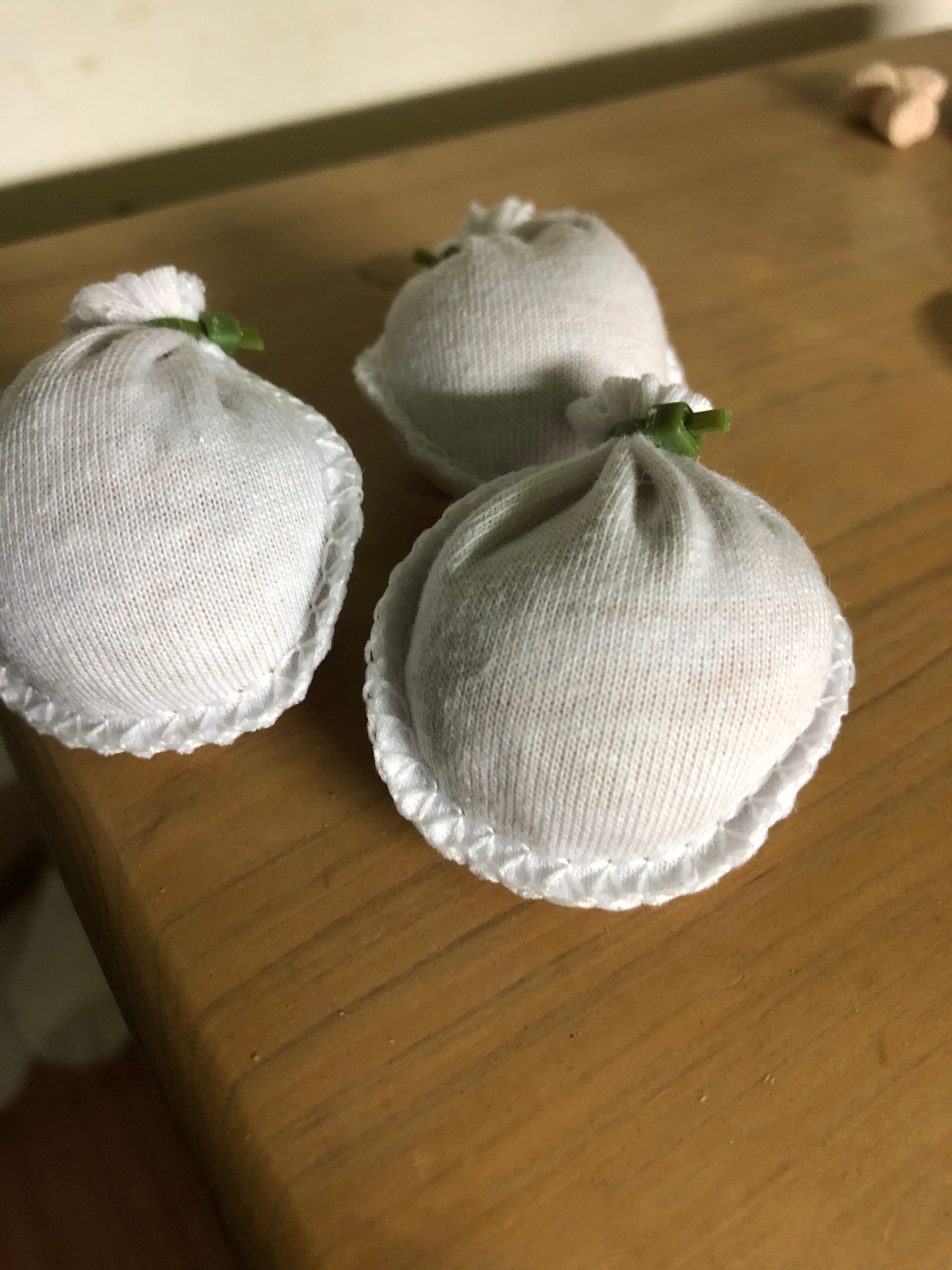
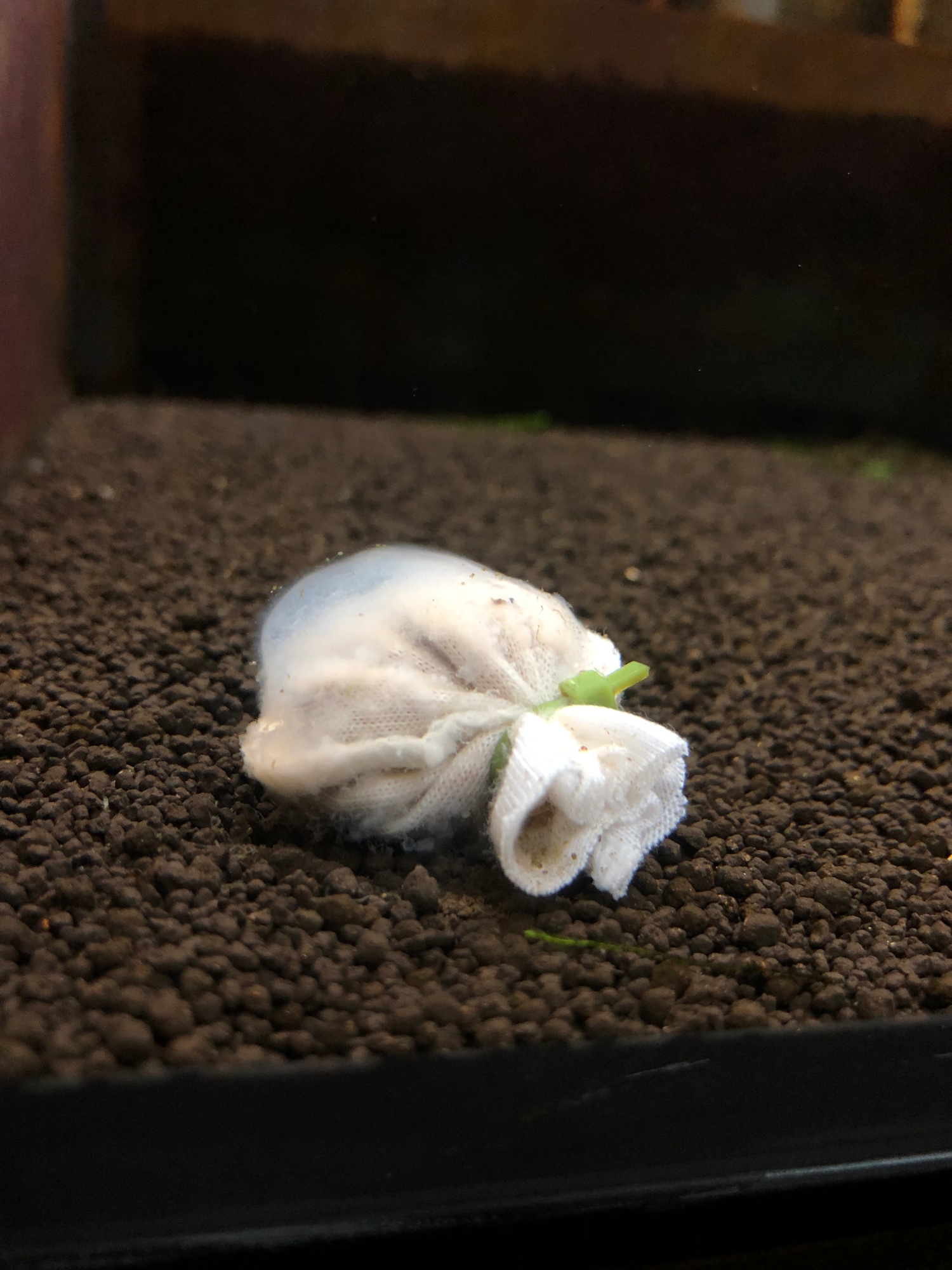
I use Geilee lubao once I’m out traveling and only remove a month later or when the biofilm gets overwhelming. This product is not without any dangers. Like all food product if left unchecked, it can ruin the water parameters as ammonia will spike cause all your shrimp to be in distress. I soak them in tap water for 3 days before I use them as this will prevent an overwhelming biofilm creation. It will be fine if there are more than 30 shrimps in your tank but if you have fewer than that it is highly recommended to soak it for 3 days. This will help reduce the potency of the biofilm. As you can see I re package then to smaller more manageable sizes as I don’t have that many shrimp per tank. Even with 100s of shrimp there is no requirement for the whole lubao to be included. It can be split into half a bag or 3-4 bags depend on your shrimp number.
Another product that i use in conjunction with Lubao is barley straw, it is all natural and doesn’t foul the water as it is used as a natural filter media for koi ponds. However, the barley straw need to be either fed on a food dish or a net as it will decompose if left unchecked. Feed only when they finish the previous batch.
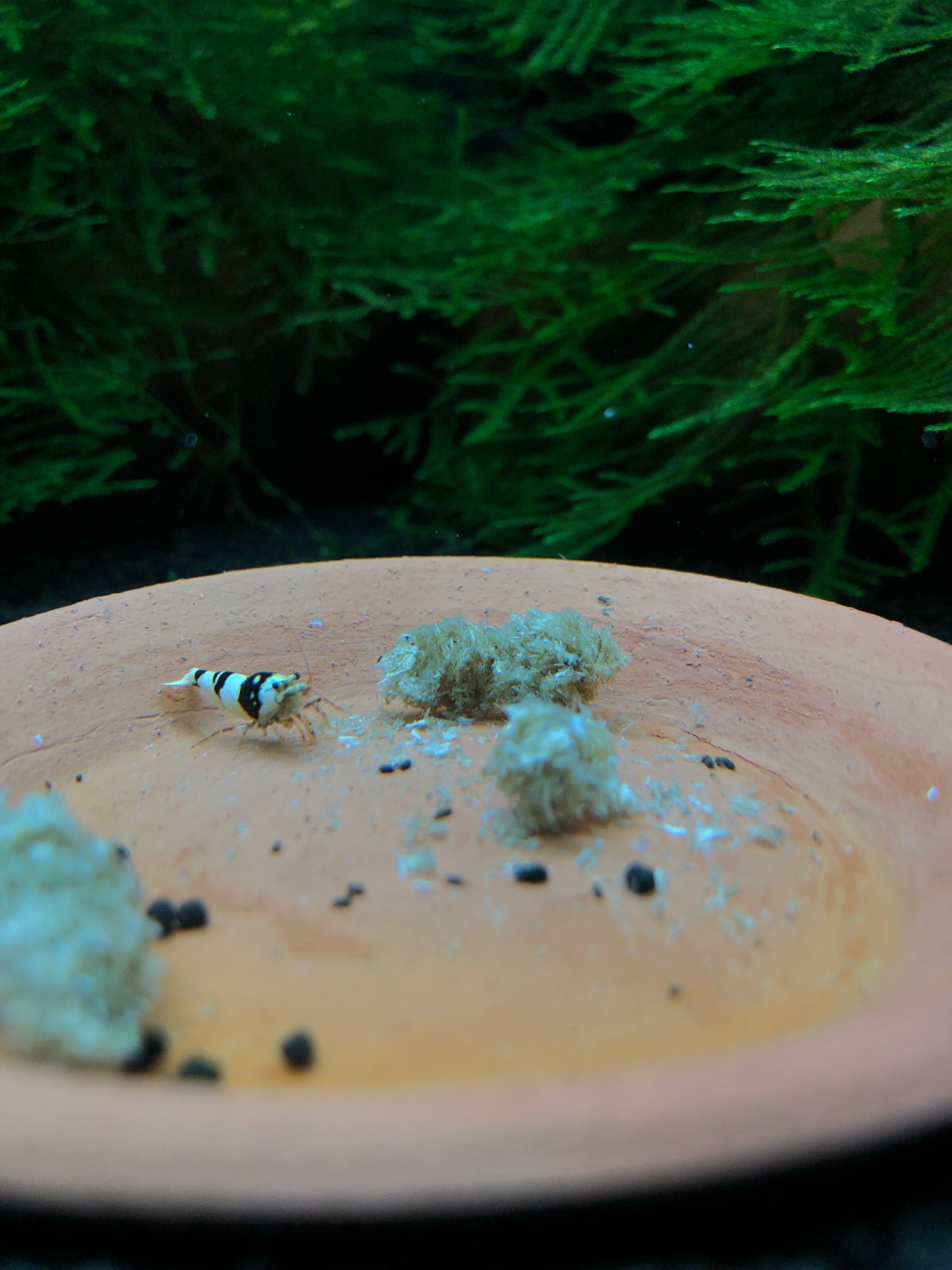
In addition to the lubao I will feed bacter ae when i’m not traveling, this will help create more spread out biofilm within the tank, it is to increase the survival rate of shrimplet. I feed bacter ae lightly daily and also pellet food whenever I’m around.
So with all these finer adjustment, i’m happy to say that shrimps are happier when left alone given them the basic necessity to thrive (not just survive) in our tanks. This helped me regain my confidence in terms of doing lesser but understanding the fundamental for a longer mileage.
Cheers!

Would you be willing to share how you make lubao? I haven’t heard of it before and we don’t have Geilee products where I live.